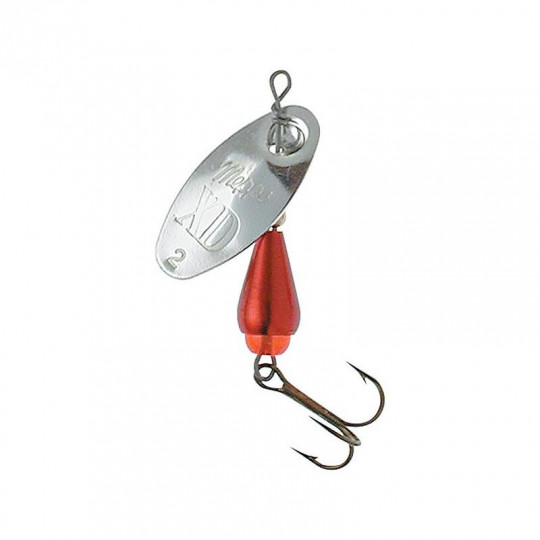
Spinner Mepps XD Platinium Silver Red
Shipping 24 H
- -10%
Cookies management panel
This site uses cookies and gives you control over what you want to activate. Cookies are used for ads personalisation.Spoons have been in our tackle boxes for many years. Its effectiveness is widely acclaimed for trout fishing, but it is just as effective for predators. The spinner is a real lure for predators. Spoons for predator fishing come in a range of sizes and colours to suit the needs of perch, pike and zander anglers.
178 products

Shipping 24 H
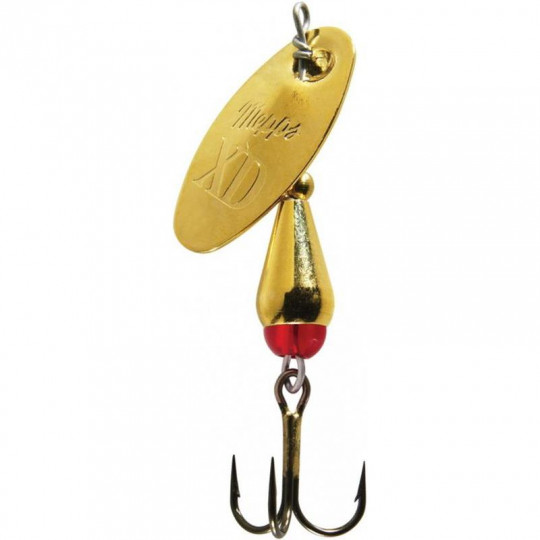
Shipping 24 H
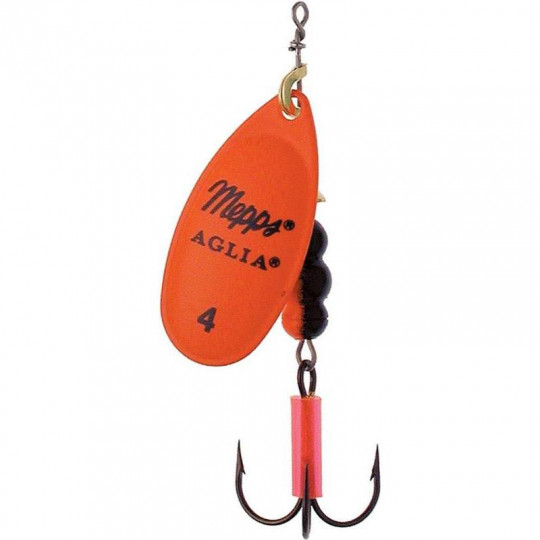
Shipping 24 H
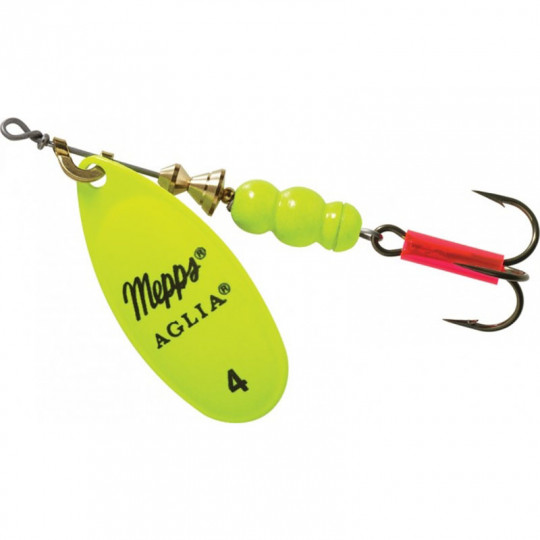
Shipping 24 H
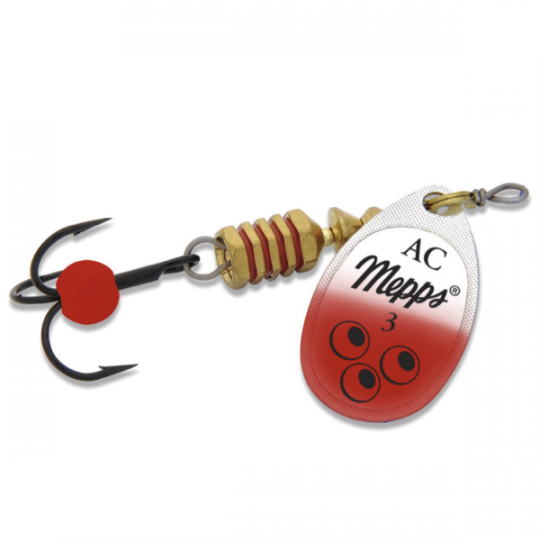
Shipping 24 H
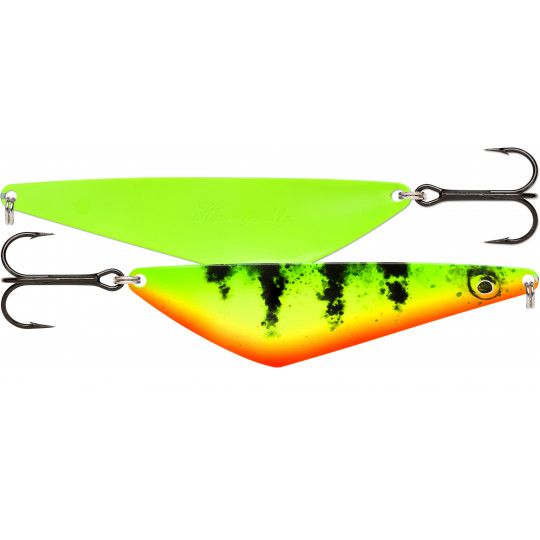
Shipping 24 H
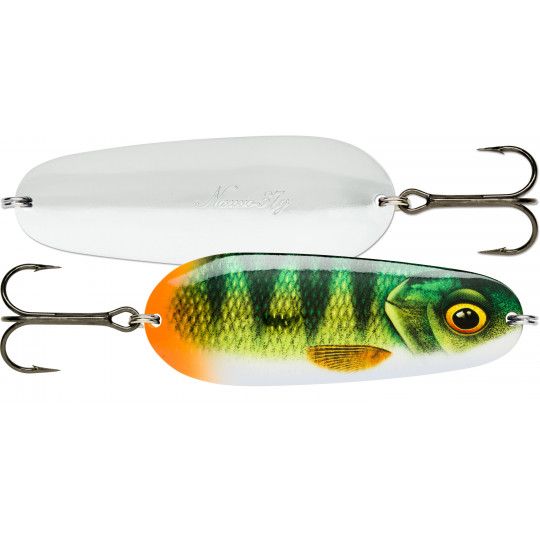
Shipping 24 H
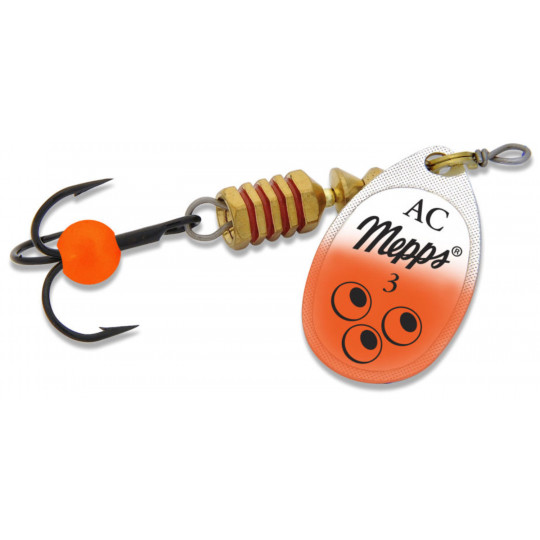
Shipping 24 H
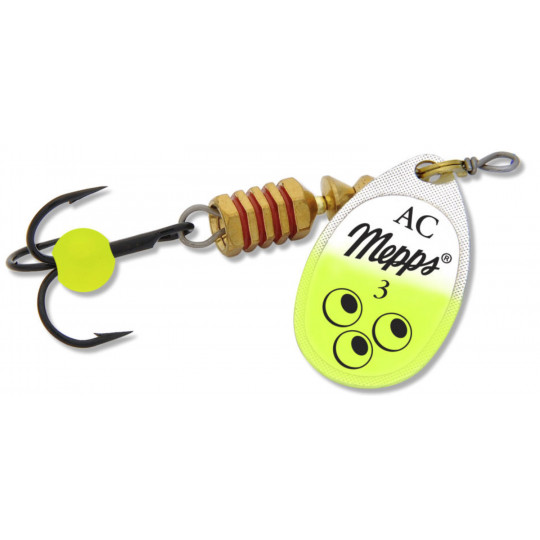
Shipping 24 H
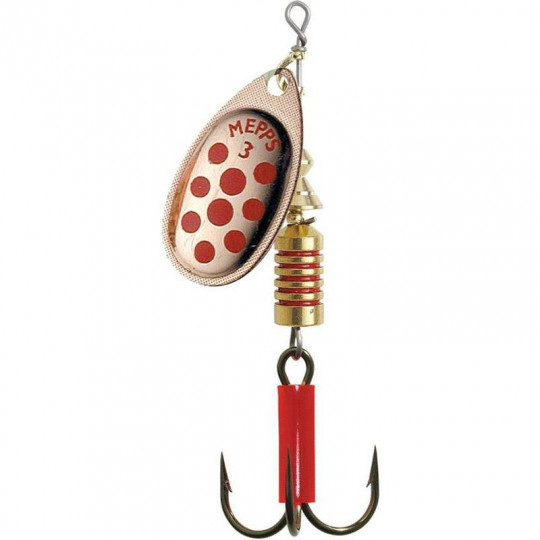
Shipping 24 H
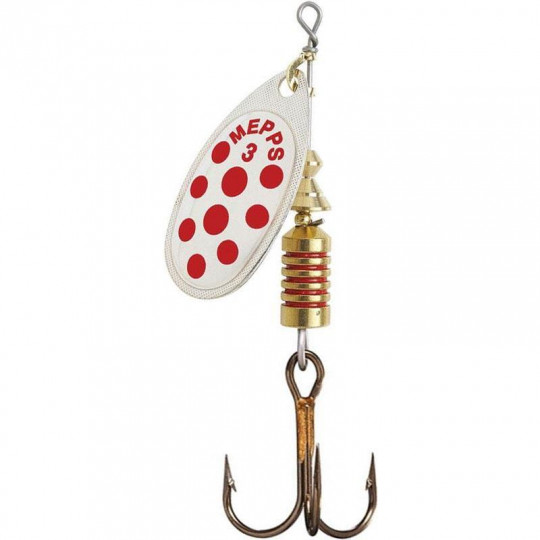
Shipping 24 H
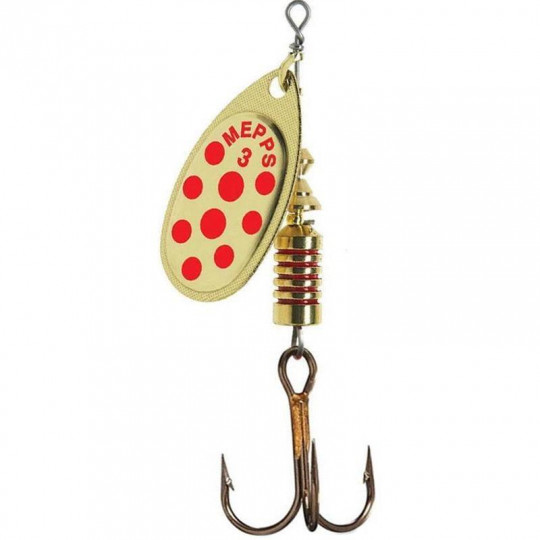
Shipping 24 H
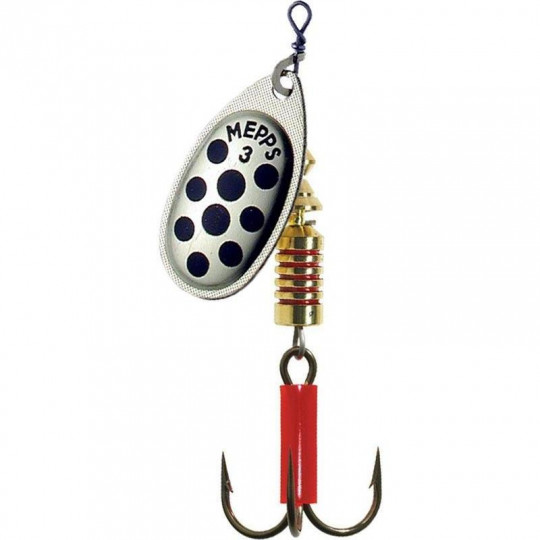
Shipping 24 H
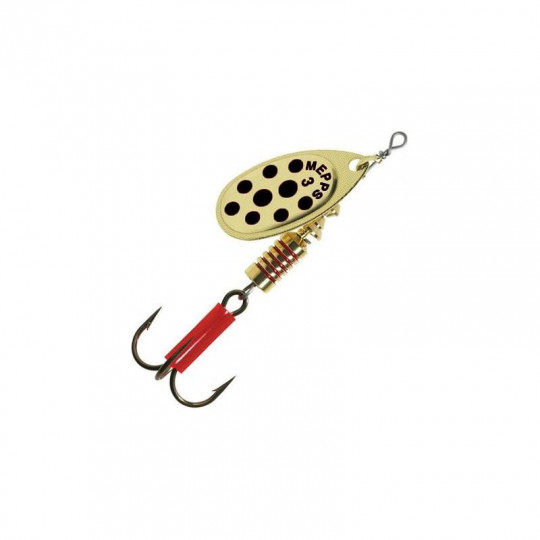
Shipping 24 H
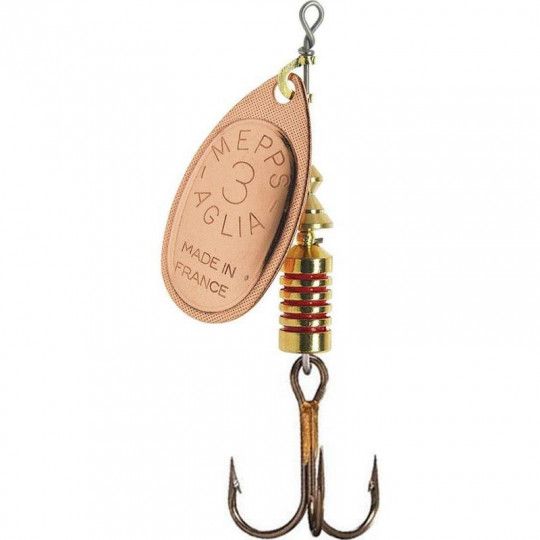
Shipping 24 H
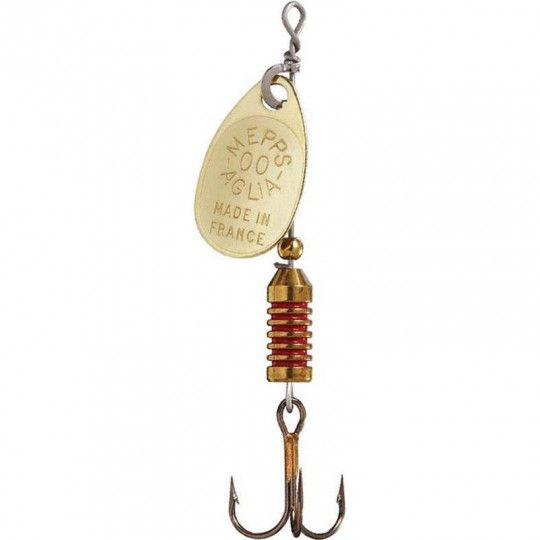
Shipping 24 H
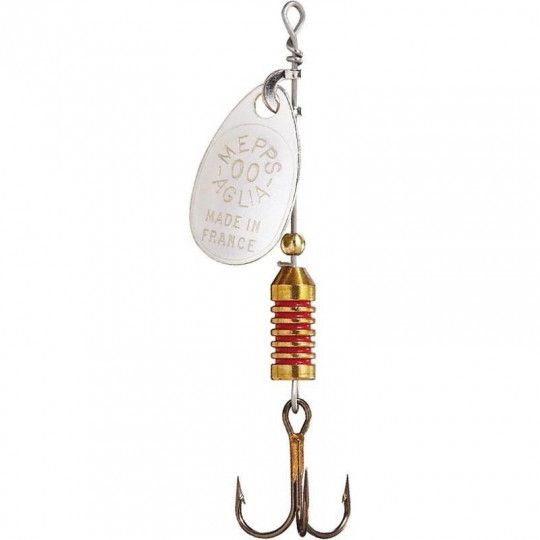
Shipping 24 H
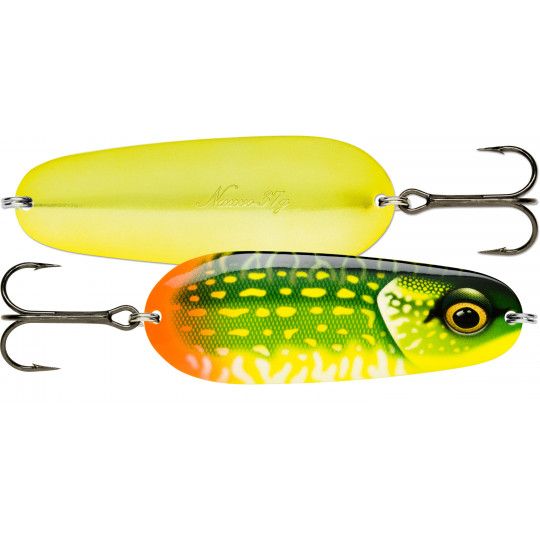
Shipping 24 H
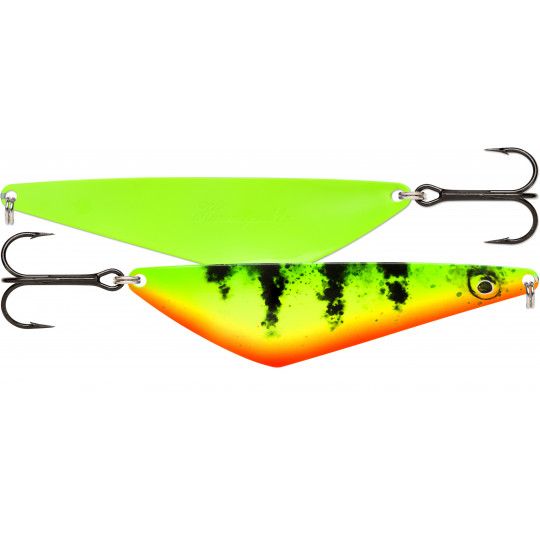
Shipping 24 H
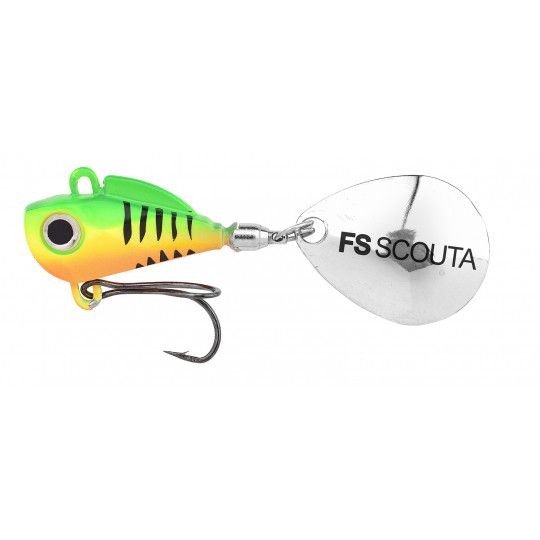
Shipping 24 H
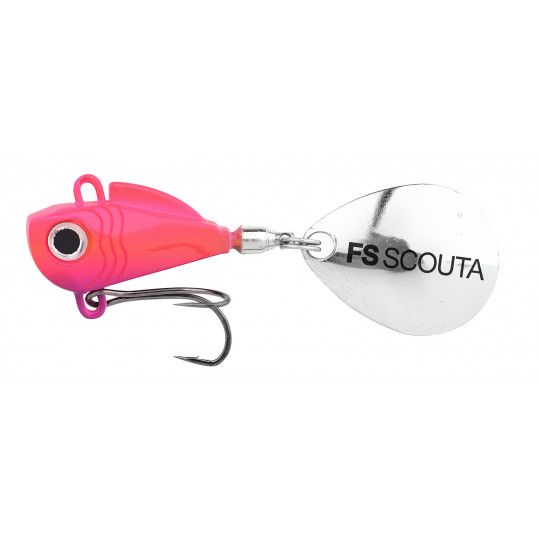
Shipping 24 H
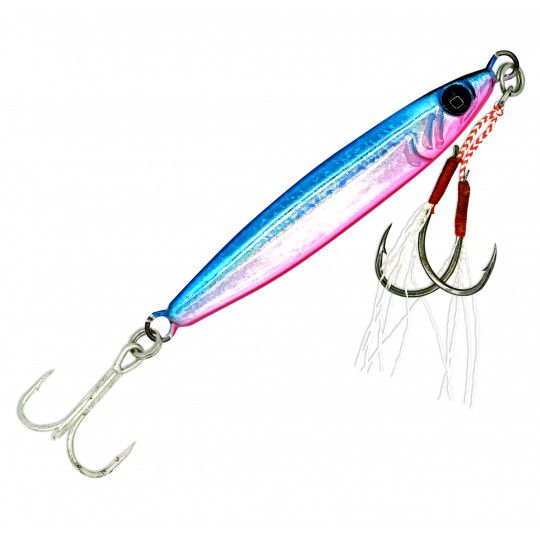
Shipping 24 H
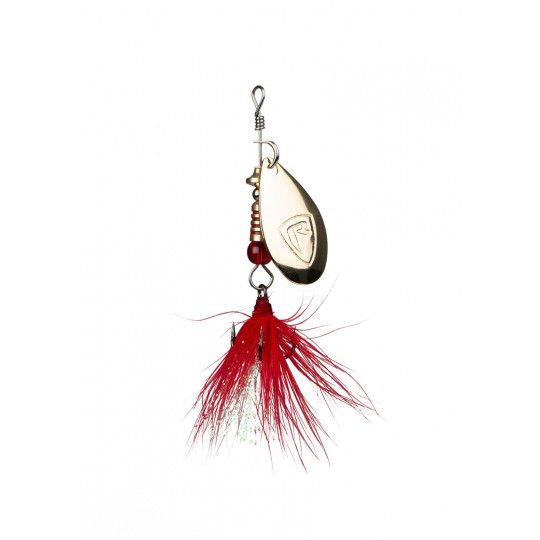
Shipping 24 H

Shipping 24 H
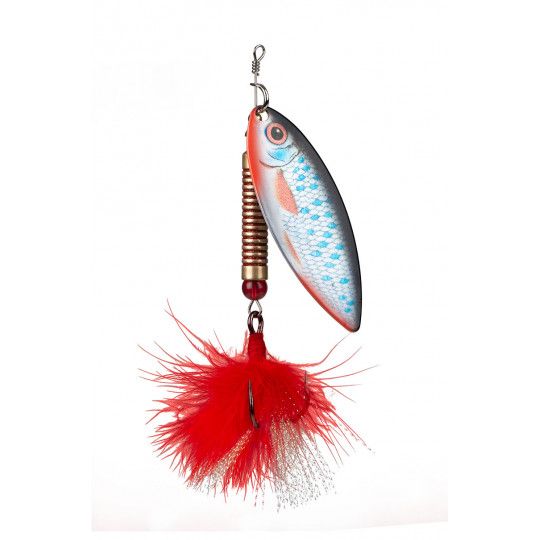
Shipping 24 H
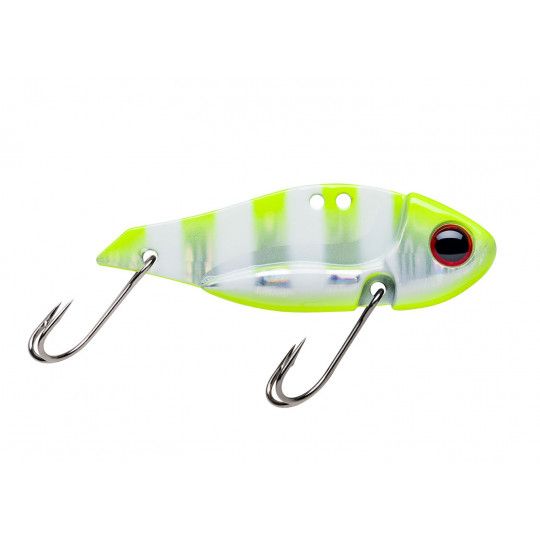
Shipping 24 H
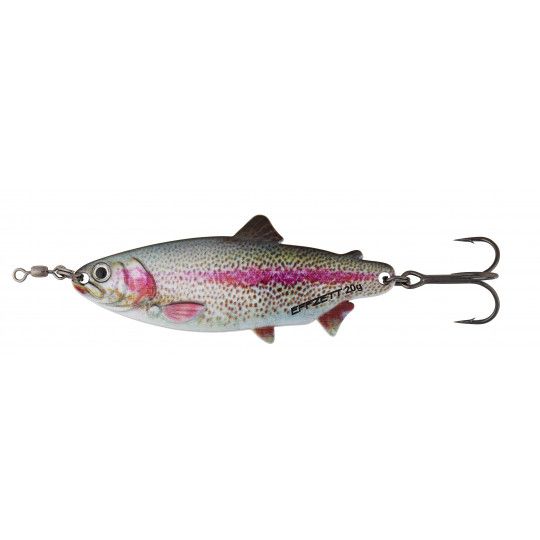
Unavailable at the moment
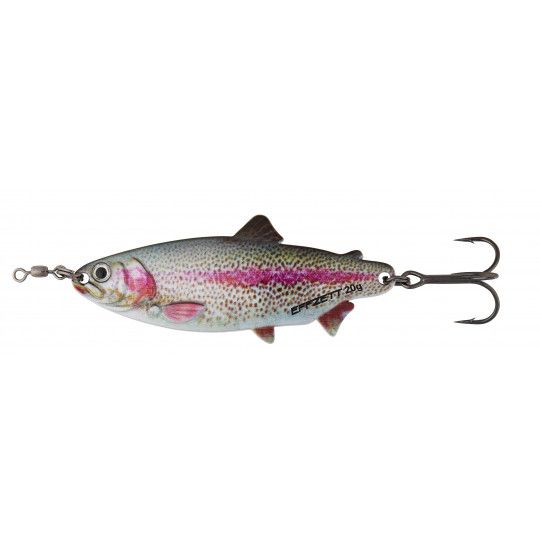
Shipping 24 H
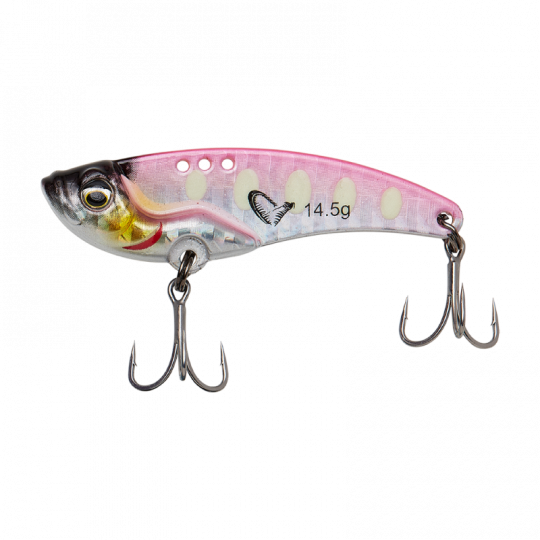
Unavailable at the moment
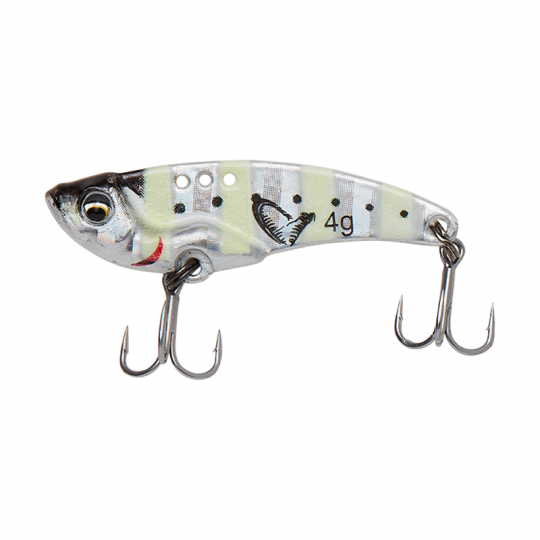
Shipping 24 H
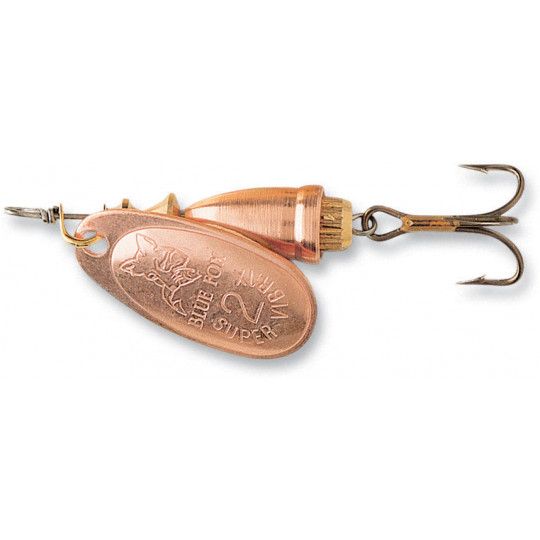
Shipping 24 H
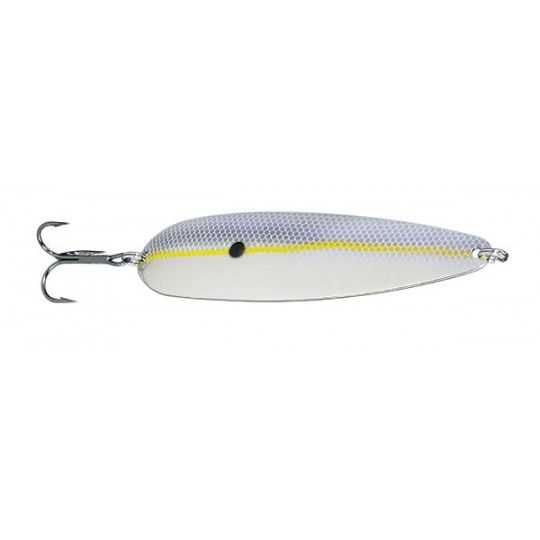
Shipping 24 H
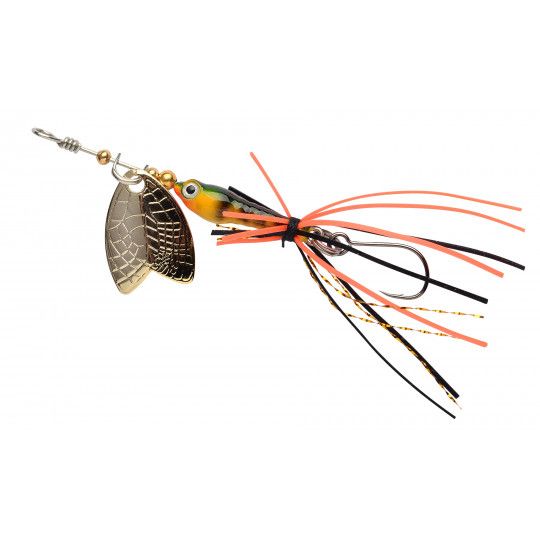
Shipping 24 H
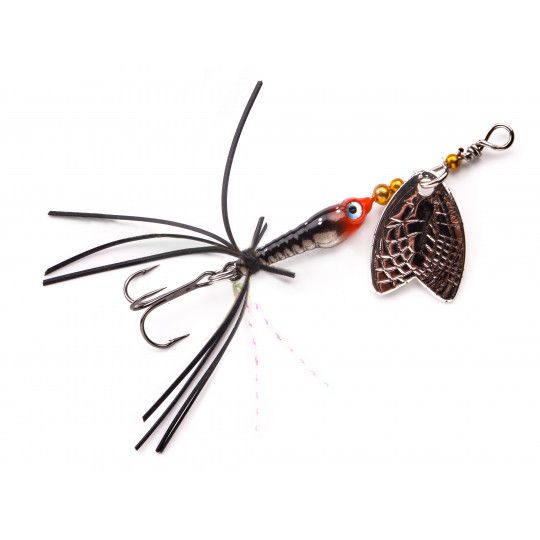
Shipping 24 H
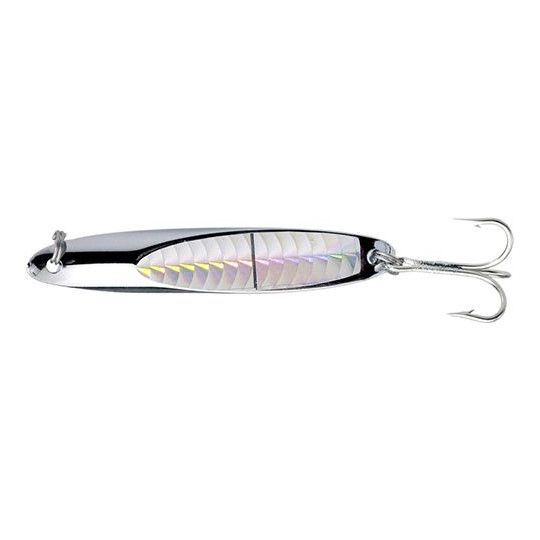
Shipping 24 H
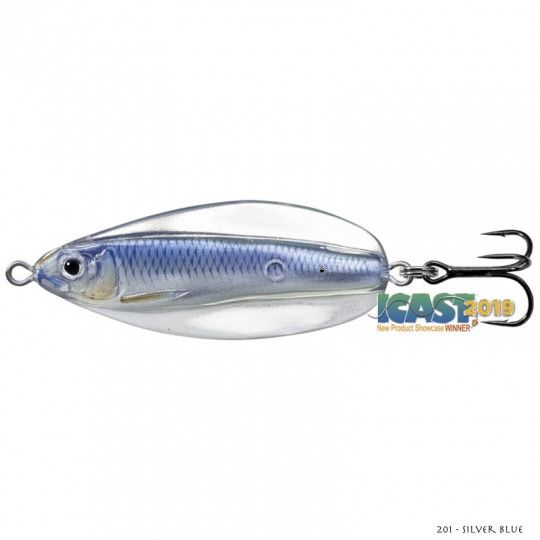
Shipping 24 H
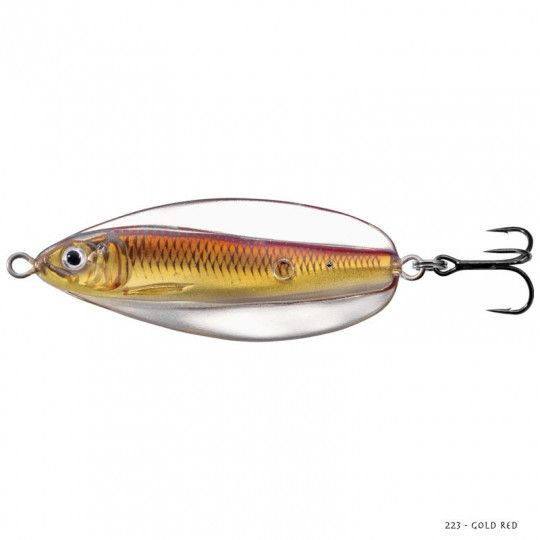
Shipping 24 H
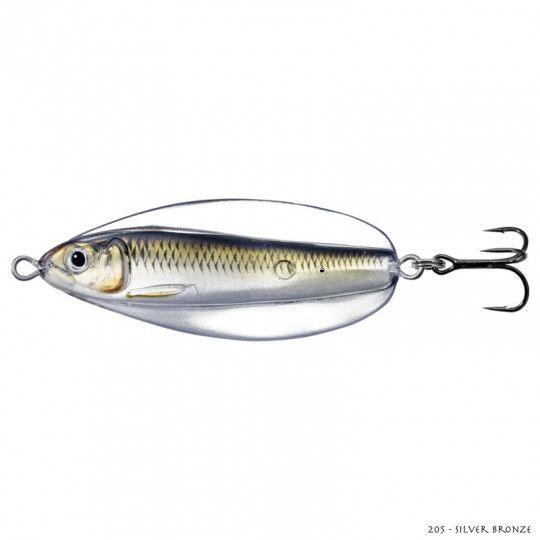
Shipping 24 H
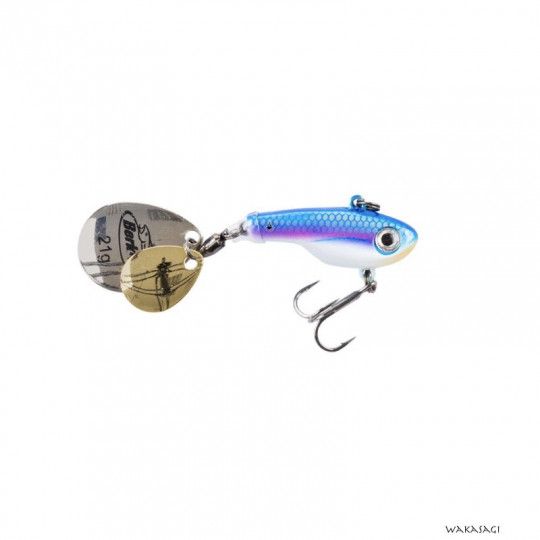
Shipping 24 H
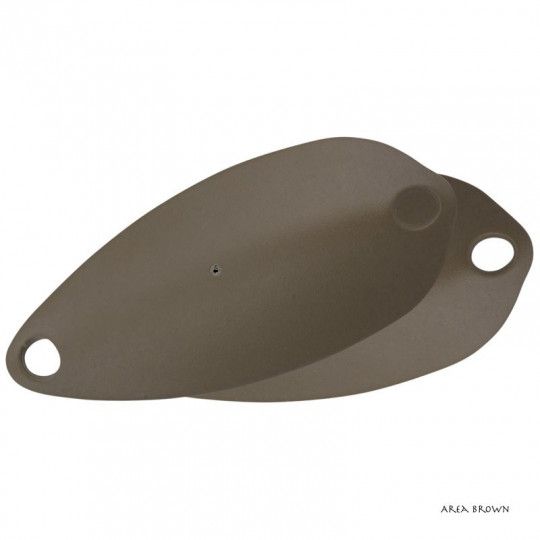
Shipping 24 H
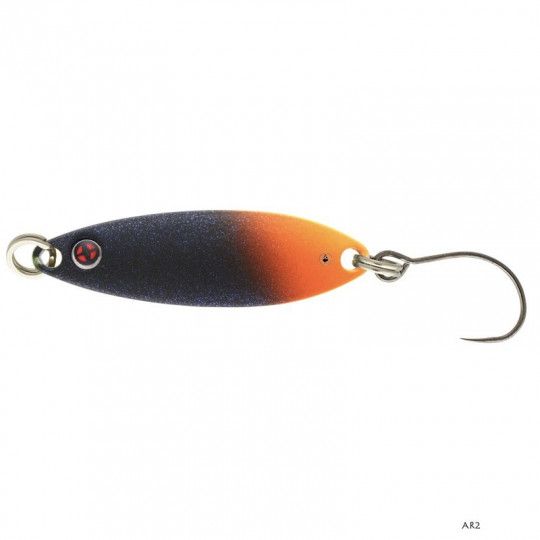
Shipping 24 H
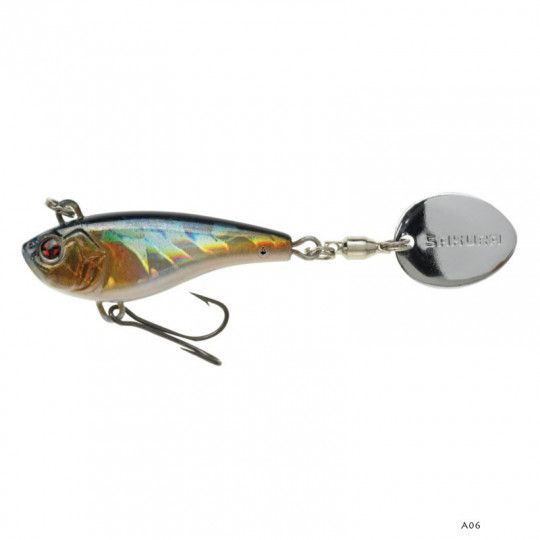
Unavailable at the moment
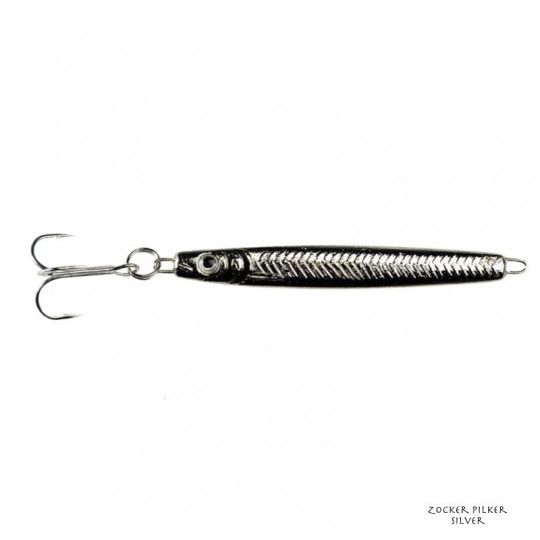
Shipping 24 H
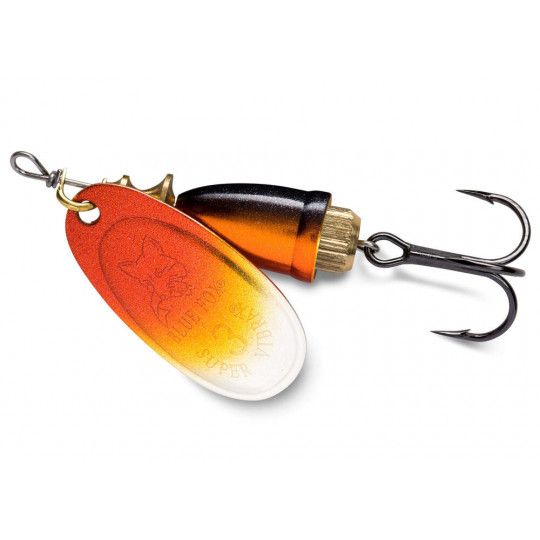
Shipping 24 H
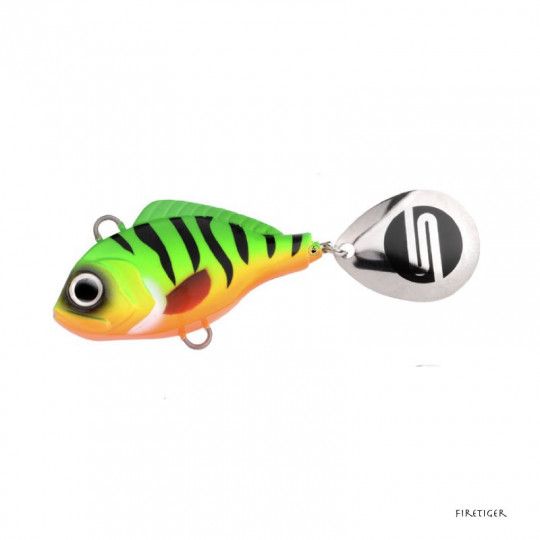
Shipping 24 H
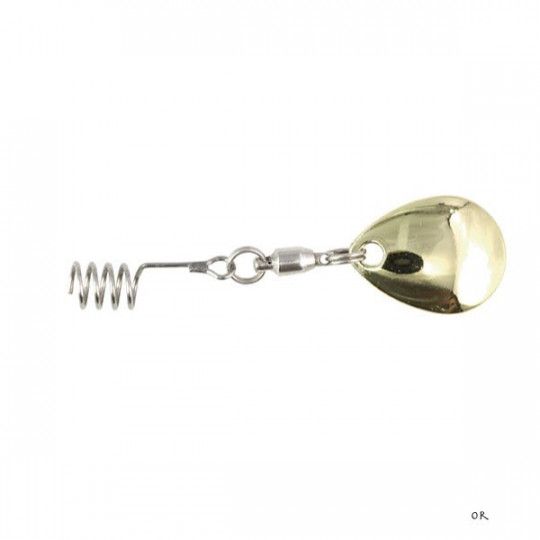
Shipping 24 H
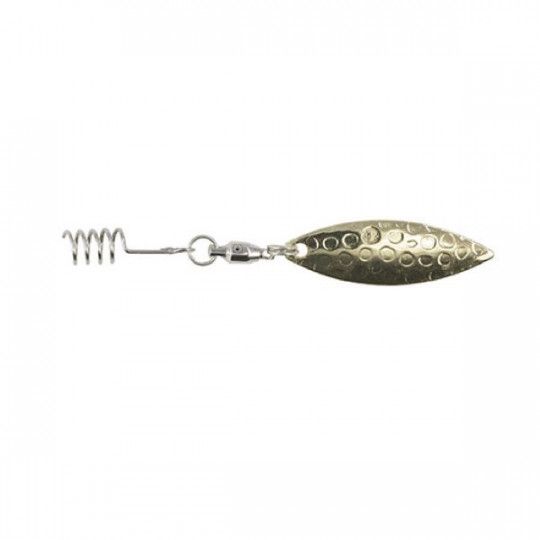
Shipping 24 H
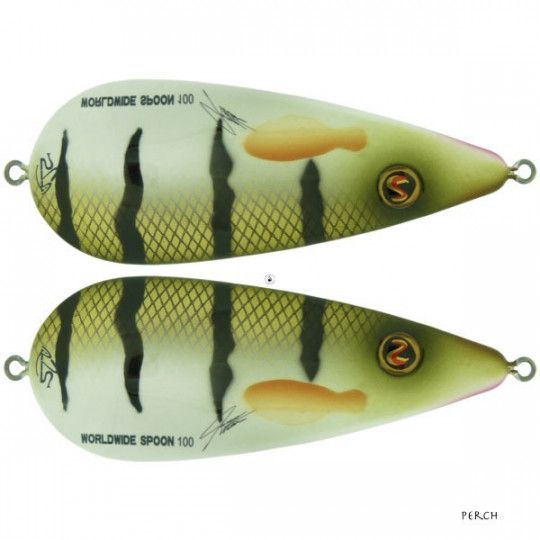
Shipping 24 H
There are 2 main categories of spoon:
The spinning spoon is made up of a metal shaft on which a paddle rotates, the shape and colour of which vary according to the biotope or species targeted. The undulating spoon, on the other hand, has no shaft on which to turn. It simply twirls and undulates in contact with the water with short strokes of the tip of the rod or by simply reeling it in.
Both are very effective on predators. Although they fell out of favour with the advent of swimming fish and soft lures, they are now coming back into fashion. Pike and catfish love wobbling spoons, which give a perfect imitation of a fish in trouble. The spinning spoon is ideal for fishing for perch in shallow channels.
Spoons are suitable for all species of predator. All fish likely to eat other fish will appreciate the appeal of spoons.
What's more, depending on the shape of the spoon you can target different predators. In fact, some spoons are predestined for a certain type of predator. Good-sized wobbling spoons are very popular with catfish. This large, opportunistic predator is easily attracted by the undulations of this spoon, which imitates a fish in difficulty.
Spinners such as the are very popular for fishing deep sposts. They also attract pike-perch by bringing them close to the bottom.